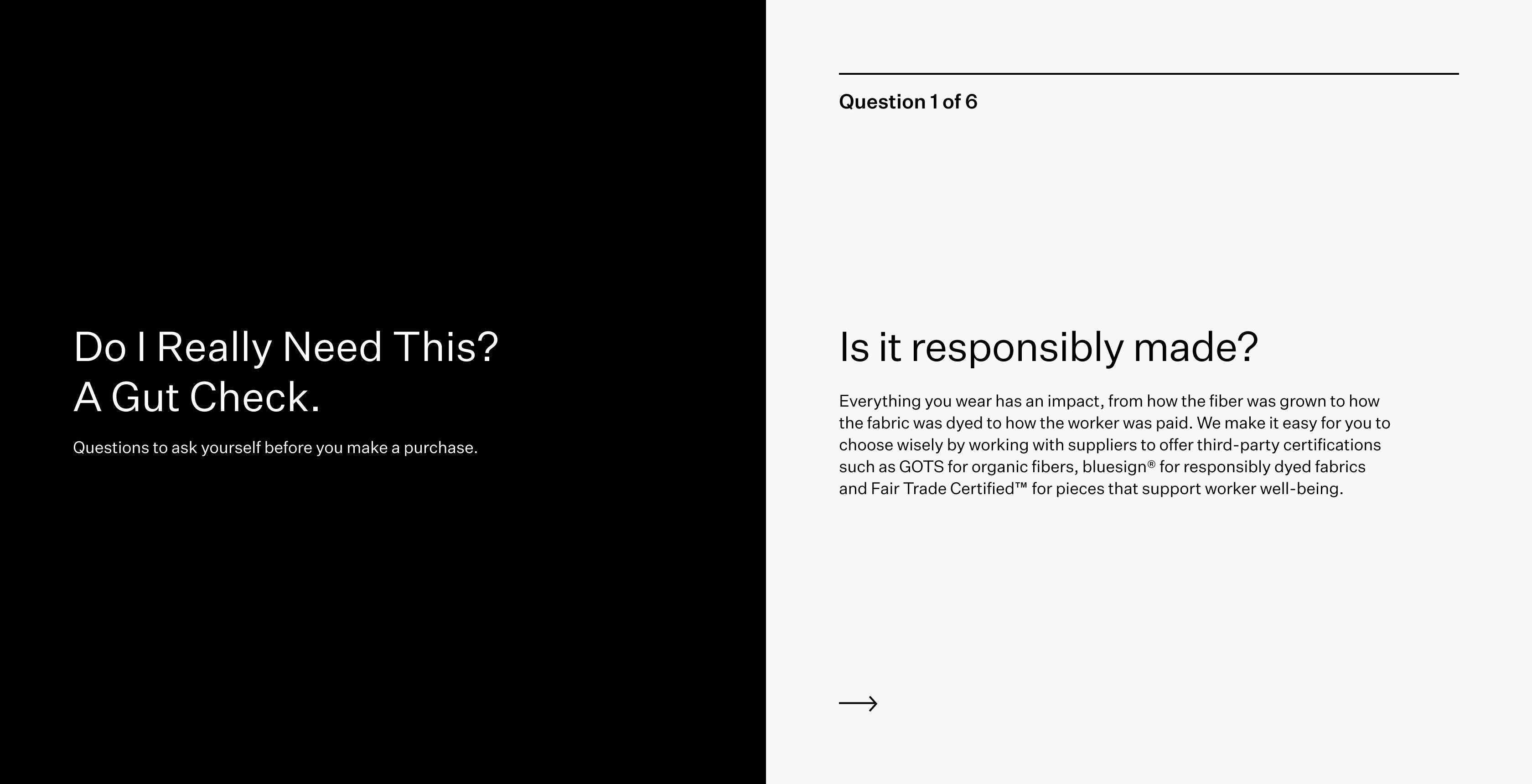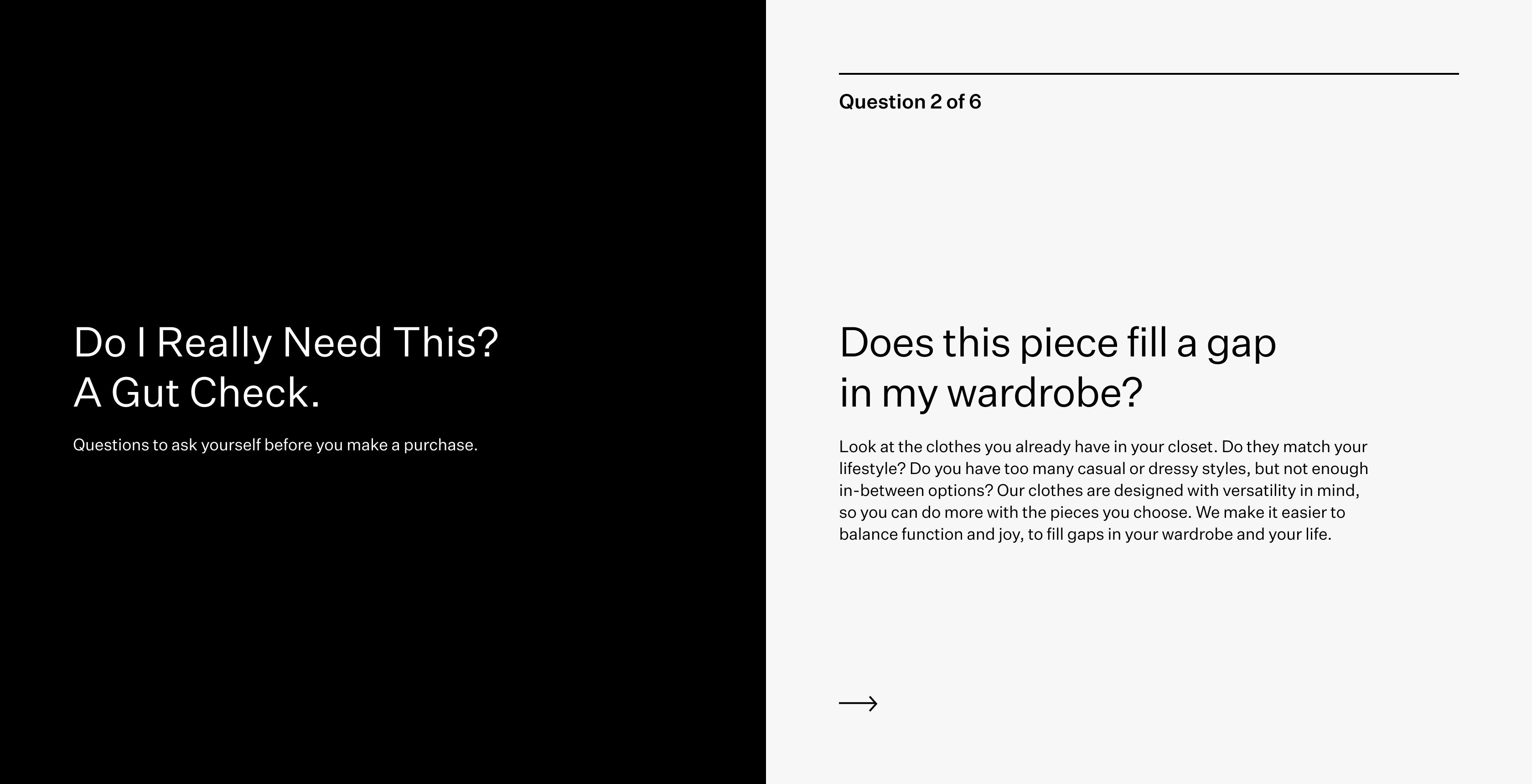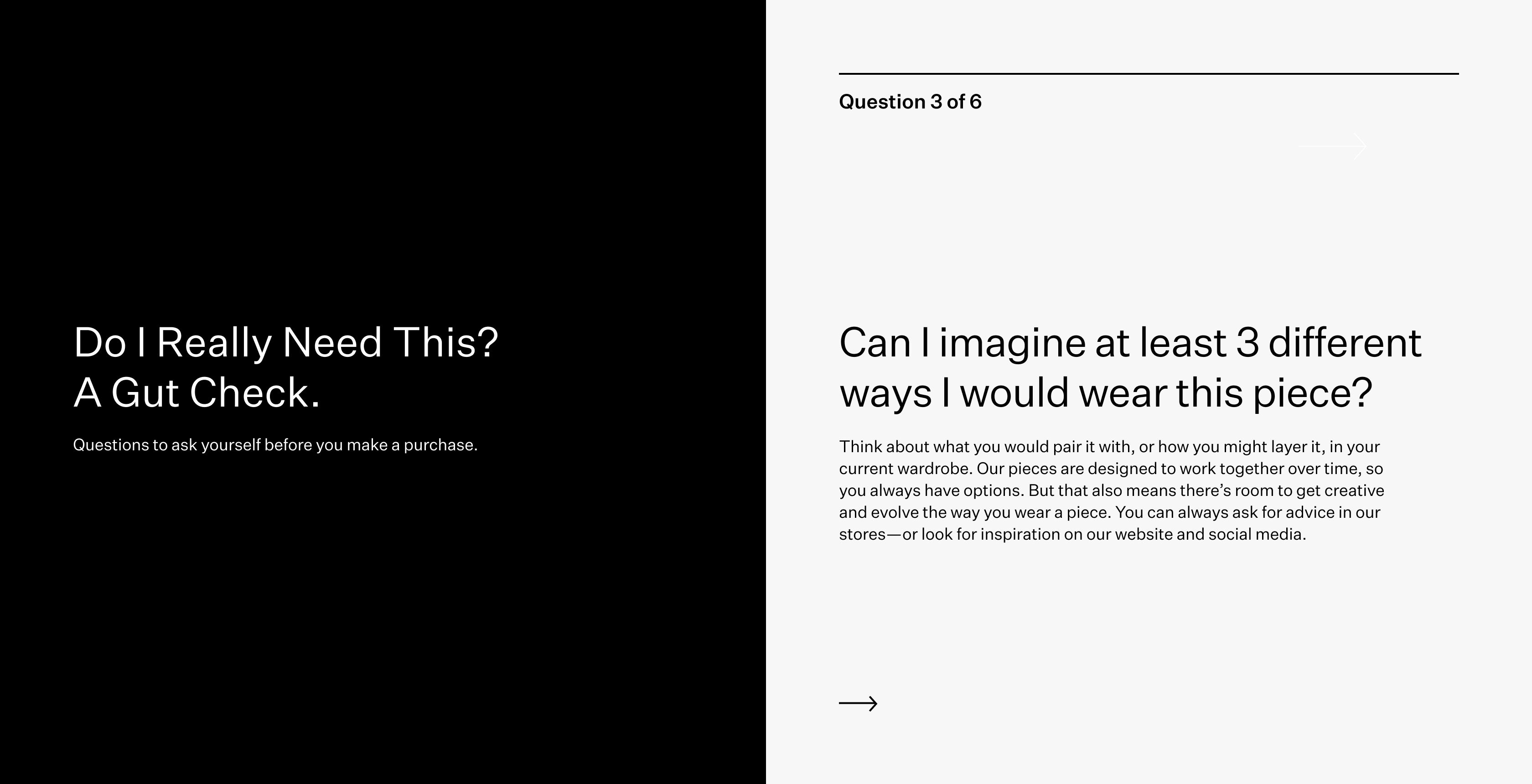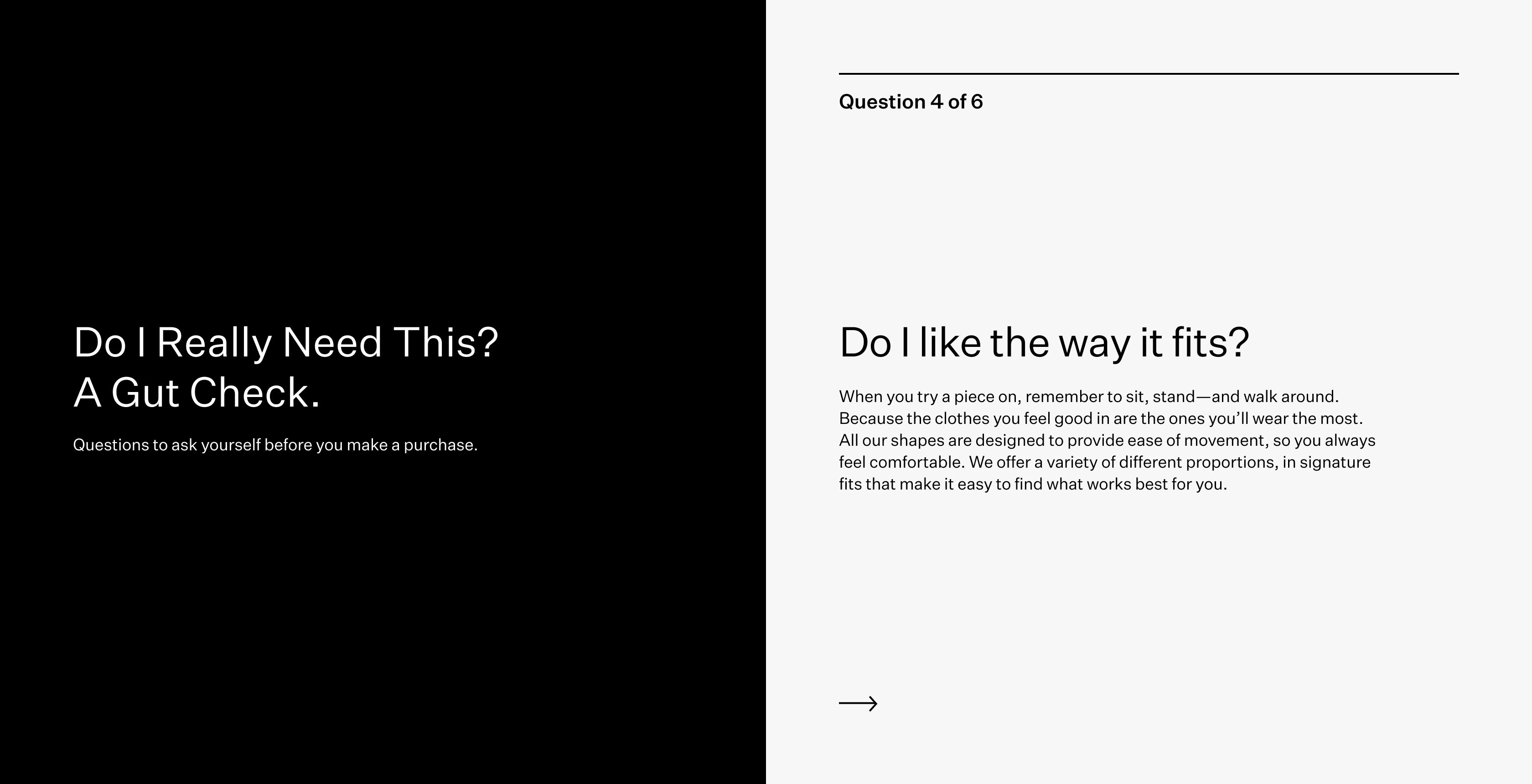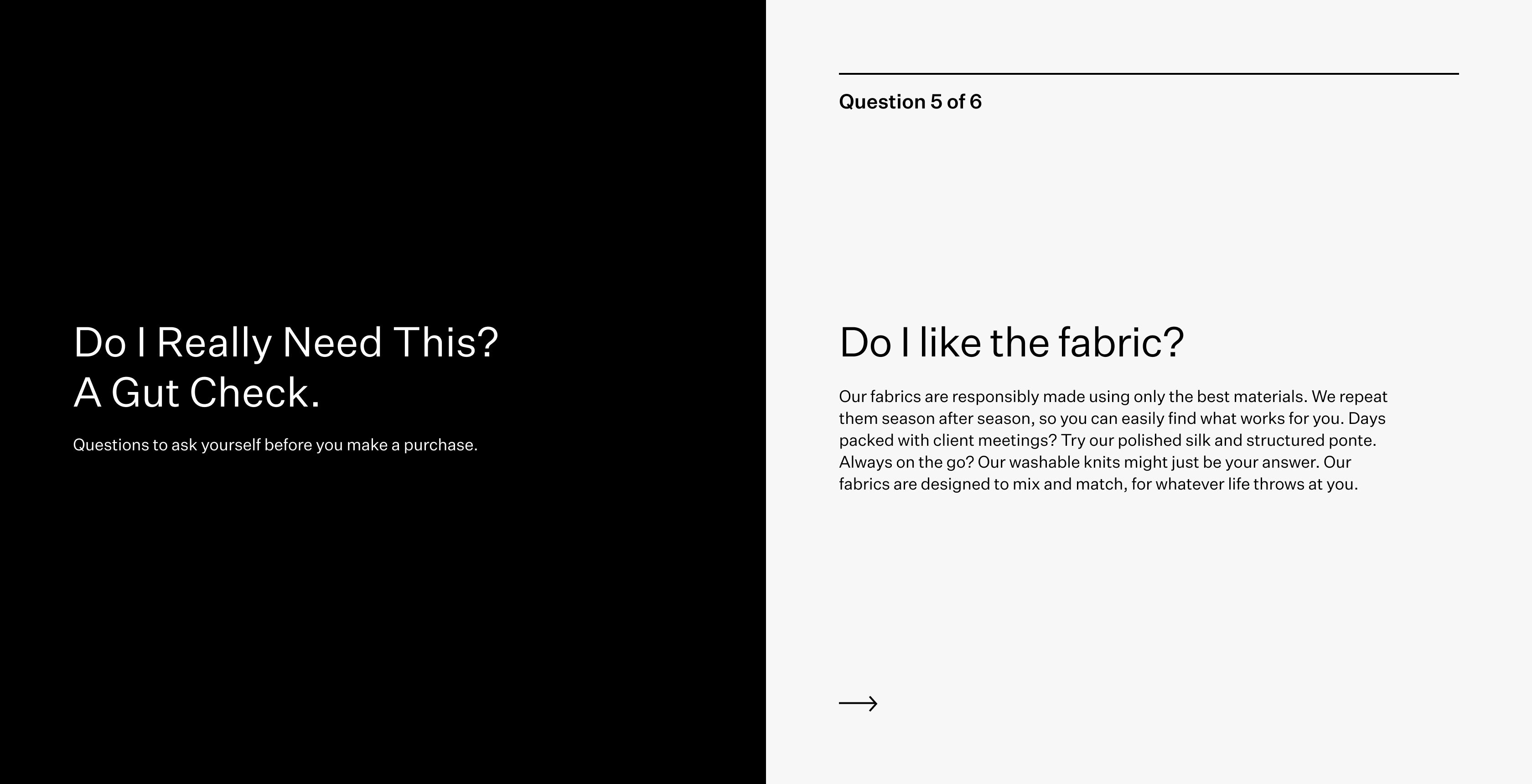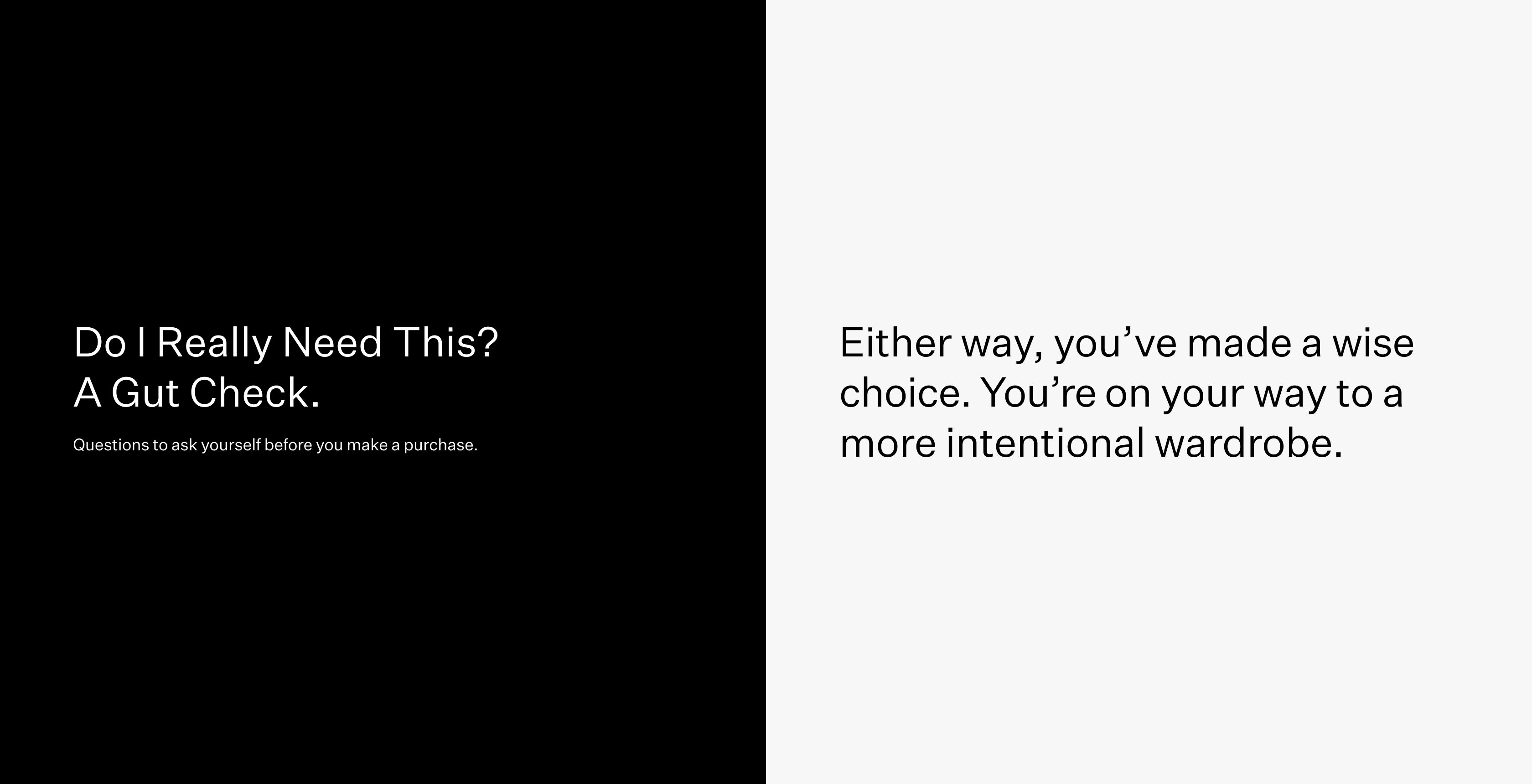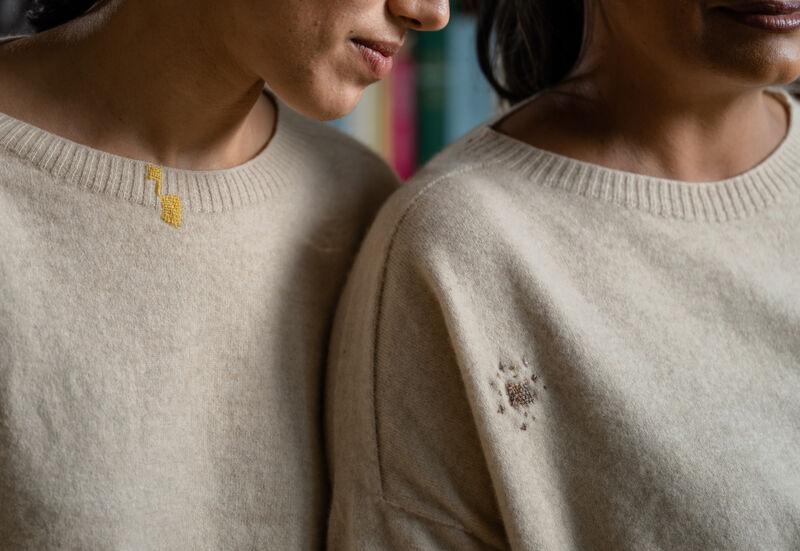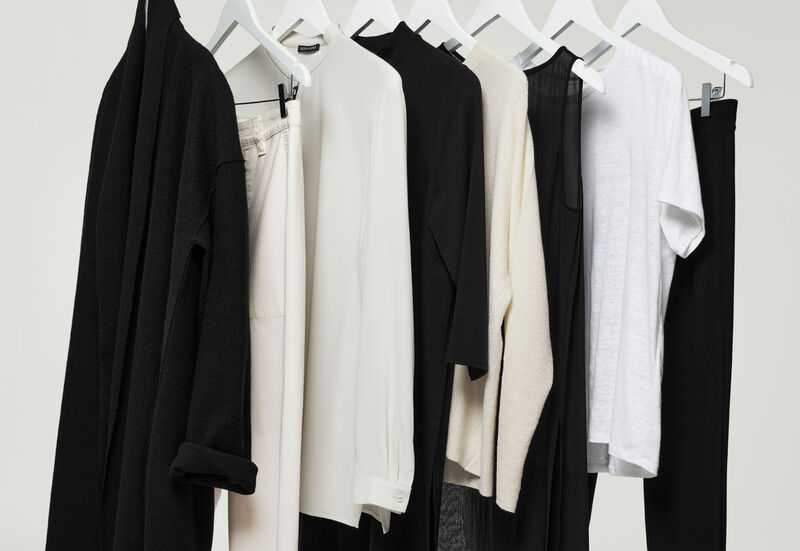How to Build an Intentional Wardrobe
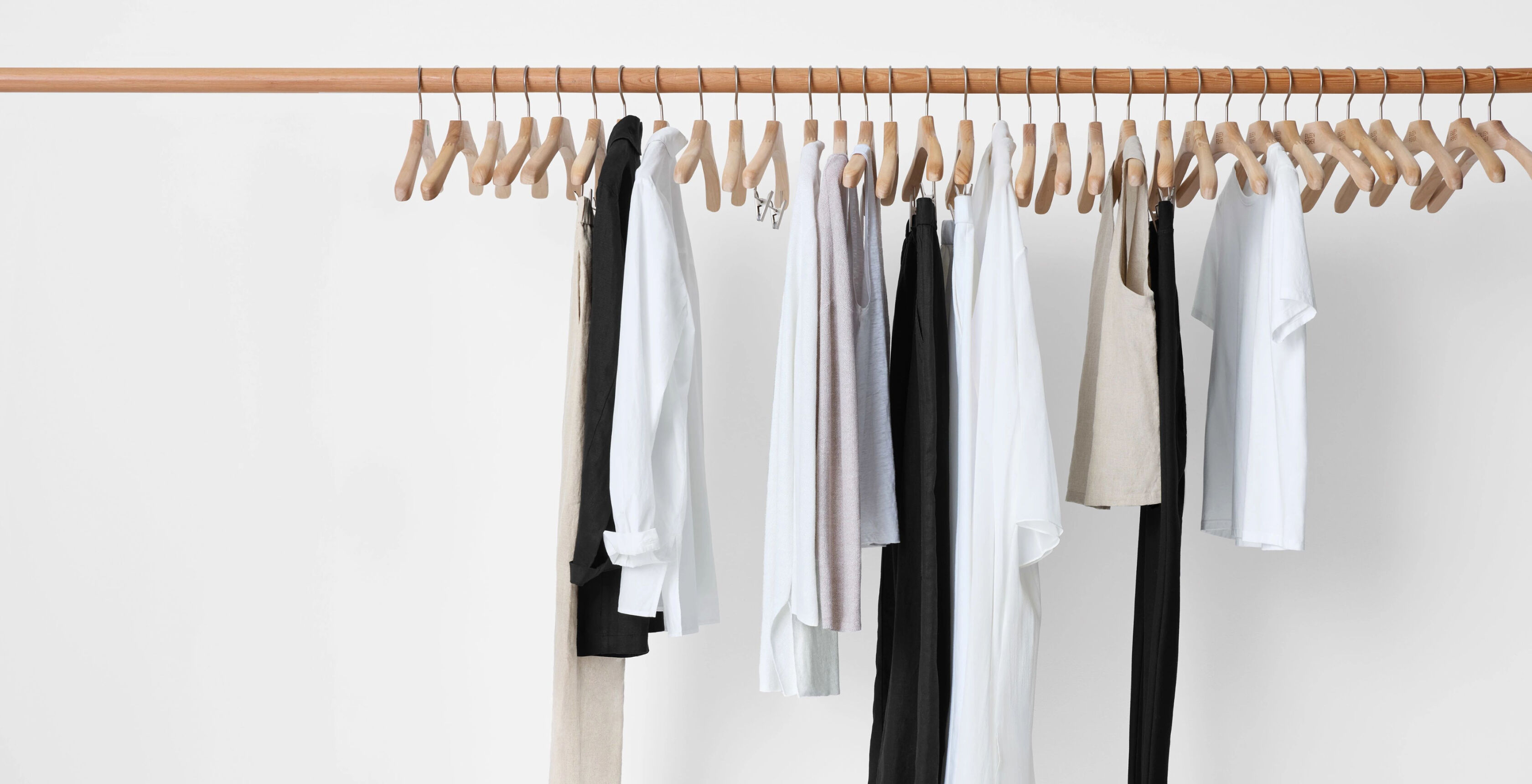
We’ve spent the last forty years building our line around clothes that are responsibly made, thoughtfully chosen and endlessly worn. Now, we want to help you do the same with your wardrobe.
I recently found myself scouring the Internet for advice on how to be more mindful about shopping for clothes. Having worked in the fashion industry for over a decade now, I’ve adopted a one-in-one-out policy for my closet. After years of reading about clothing’s impact on the environment, I think twice before buying a new piece. My mind fills with images of greenhouse gases, plastic-filled oceans and heaps of discarded textiles. The truth is that I want to be a responsible consumer—but I don't want to sacrifice my style.
According to a report by the Berlin think tank, Hot or Cool Institute, a “sufficient” wardrobe for someone living in a country with four seasons is 85 garments. The inquiry was part of a larger research project that analyzed how fashion consumption patterns would need to change to meet the Paris Climate Agreement’s target of limiting global warming to 1.5 degrees Celsius. After reading the report, I went straight into my closet and slid my hand across a row of tightly packed hangers, counting 58 garments. Unfortunately, this number did not include shoes, accessories, the contents of my oversized dresser—nor the warm-weather pieces currently wintering in my basement storage.
When I realized my total count was probably well into the triple digits, my heart sank. How does one reconcile loving beautiful clothes with caring about climate change? I suspected I wasn’t the only person at EILEEN FISHER struggling with this question. So I decided to ask around and compiled some expert advice on how to choose pieces that work in your wardrobe over time, minimize your environmental impact and inspire joy every day.
“Building an intentional wardrobe starts with the pieces you already own. You don’t have to throw everything out and start over.”
—Nancy Thomas, Product Concept and Styling Specialist at EILEEN FISHER
Responsibly Made
Being more conscious about the impact your clothes have on the environment starts with knowing how they’re made. We recommend choosing clothes that are manufactured with people and the planet in mind. That means pieces made with organic, regenerative and renewable fibers—and that require fewer chemicals, less water and less energy where possible.
Look for materials that have been certified to industry standards such as GOTS for organic textiles and bluesign® for safer chemistry, or pieces that are Fair Trade Certified™. We list this information in our product descriptions, but also suggest shopping with other certified B Corps. Being a B Corp means that, like us, a brand voluntarily meets high standards for social and environmental performance.
Thoughtfully Chosen
Being more intentional about your choices is well worth the up-front effort. Because in the long run, you end up with more of what you’ll really wear—and less of what you’ll regret.
Plan your wardrobe in advance.
Considering your options ahead of time will help you choose wisely. Our Seasonal Planner is designed to let you do this by giving you a bird’s-eye view of the pieces that are coming in the next few months. This way you can decide if you’ll be better served by the organic linen jacket now in Oatmeal—or the Black one arriving next month. (Decisions, decisions!)
Look to fill gaps in your wardrobe or life.
As Nancy Thomas, who works as a Product Concept and Styling Specialist at EILEEN FISHER after ten years as a retail store associate, explains, “It’s helpful to shop with an idea about what you need in your wardrobe, instead of for a very specific item.” For instance, if you go to an office, you can be open to polished pieces that dress up or down, so you’ll get more wear out of them. Like a silk shirt you wear under a jacket for a meeting—and over a sundress on vacation.
Get to know the shapes and fabrics that work for you.
“When it comes to building looks for a customer, I usually start with bottoms,” says Nancy. “Then figure out what combinations of pieces work for a specific body type.” If you’ve chosen a skirt, you might pair it with a jacket in a shorter proportion, she explains, whereas a slimmer pant might work better under a long jacket.
Because EILEEN FISHER repeats shapes in different fabrics and colors over time, once you get familiar with combinations that work for you, it's easy to find pieces you'll wear.
“Another good place to start is with a base layer,” she adds. “Find what kind of neckline flatters you—a V-neck, a higher mock neck, a scoop neck—and go from there.”
Imagine the ways you’ll wear it.
A good rule of thumb before committing to a purchase is to imagine three ways to wear the new piece with clothes that are already in your closet. If you’re shopping in our store, try it on with other pieces for inspiration—or to see how it will work with what you have at home.
Try it on—virtually.
If you’re not near a store, you can visualize looks on models of different sizes and shapes using our new online tool. The Closet lets you play with proportion and styling to find the pieces and combinations that work for you.
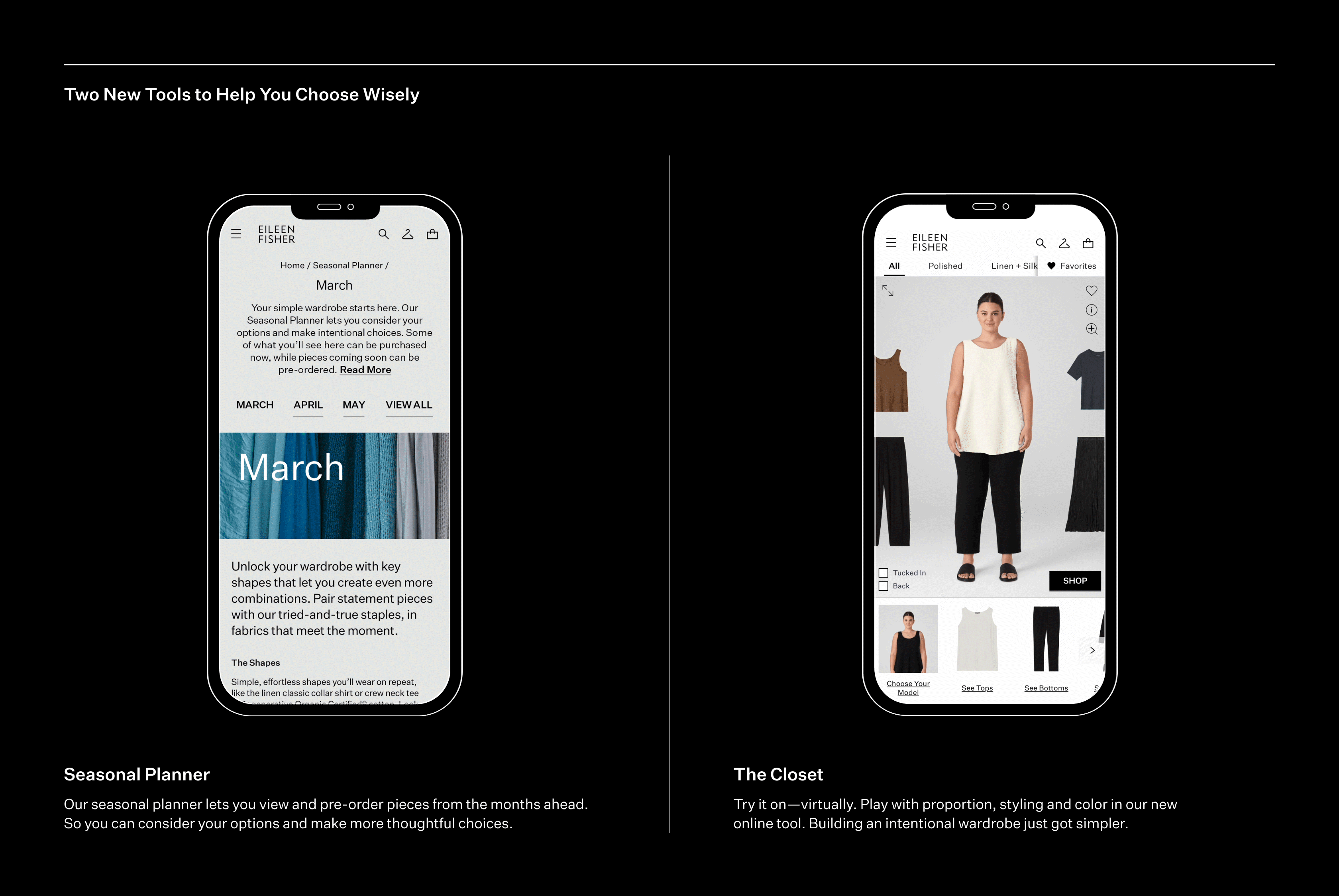
Endlessly Worn
The more you wear the pieces you already own, the more you offset the impact that making each individual piece has on the environment. But beyond just being more sustainable, an intentional wardrobe makes it easier to get dressed. A closet filled with clothes you feel confident in is also better for you. Here are a few tips to make sure you’re getting the most out of your clothes.
Get creative with what you already own.
Nancy suggests taking a piece you really love out of your closet and playing with different ways to wear it. This might mean layering it in a new way—or pairing it with trousers instead of jeans. “Adding color is a great way to renew your wardrobe as well,” she says. Even a small pop, like a scarf or a tank under a shirt, can bring a whole new energy to a neutral outfit.
Choose timeless.
We make this easy by designing simple shapes that work together, season after season—in materials that stand the test of time. By choosing pieces designed to last (instead of those made as part of a trend cycle), you'll wear them longer. And that means consuming less stuff overall.
Don’t forget the care cycle.
When you’ve invested in quality materials that hold up over the years, taking good care of your clothes is key to keeping them in good condition, so you can wear them for longer. It's also liberating to know that you don’t have to get rid of pieces with imperfections. Instead, you can extend their life through mending and repairs.
Be part of a circular system.
When you’re done with your EILEEN FISHER clothes, you can bring them back to be resold, remade or donated through our take-back program. You can also reduce your impact by shopping secondhand at EILEEN FISHER Renew, instead of buying something new.
